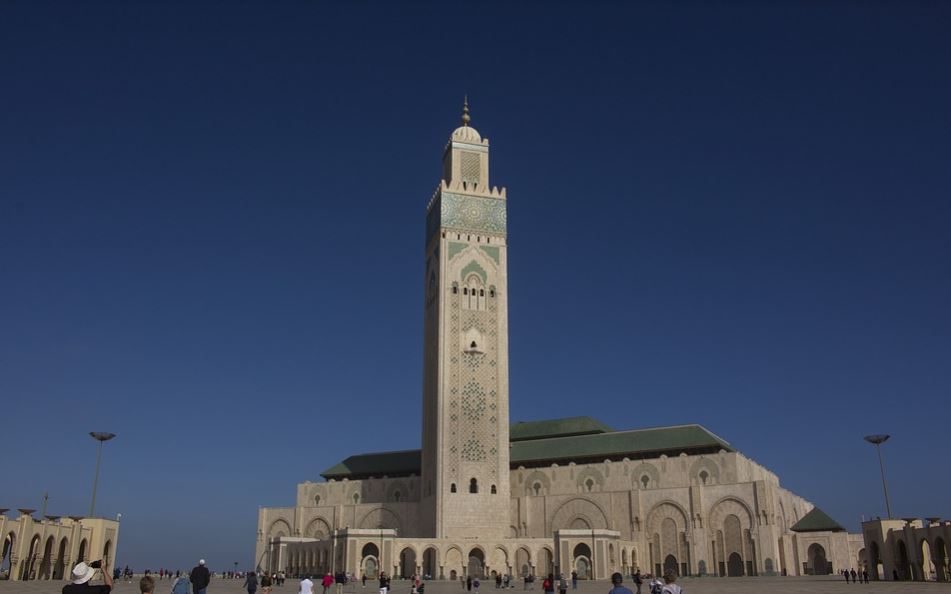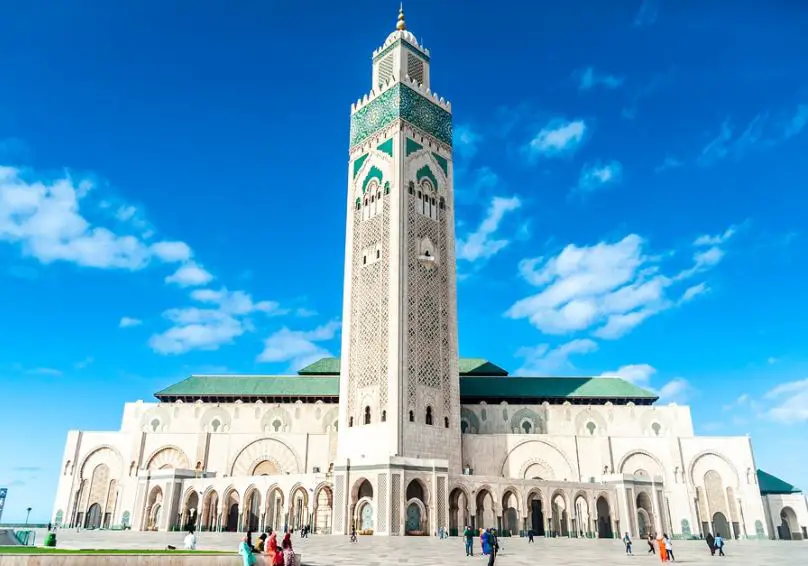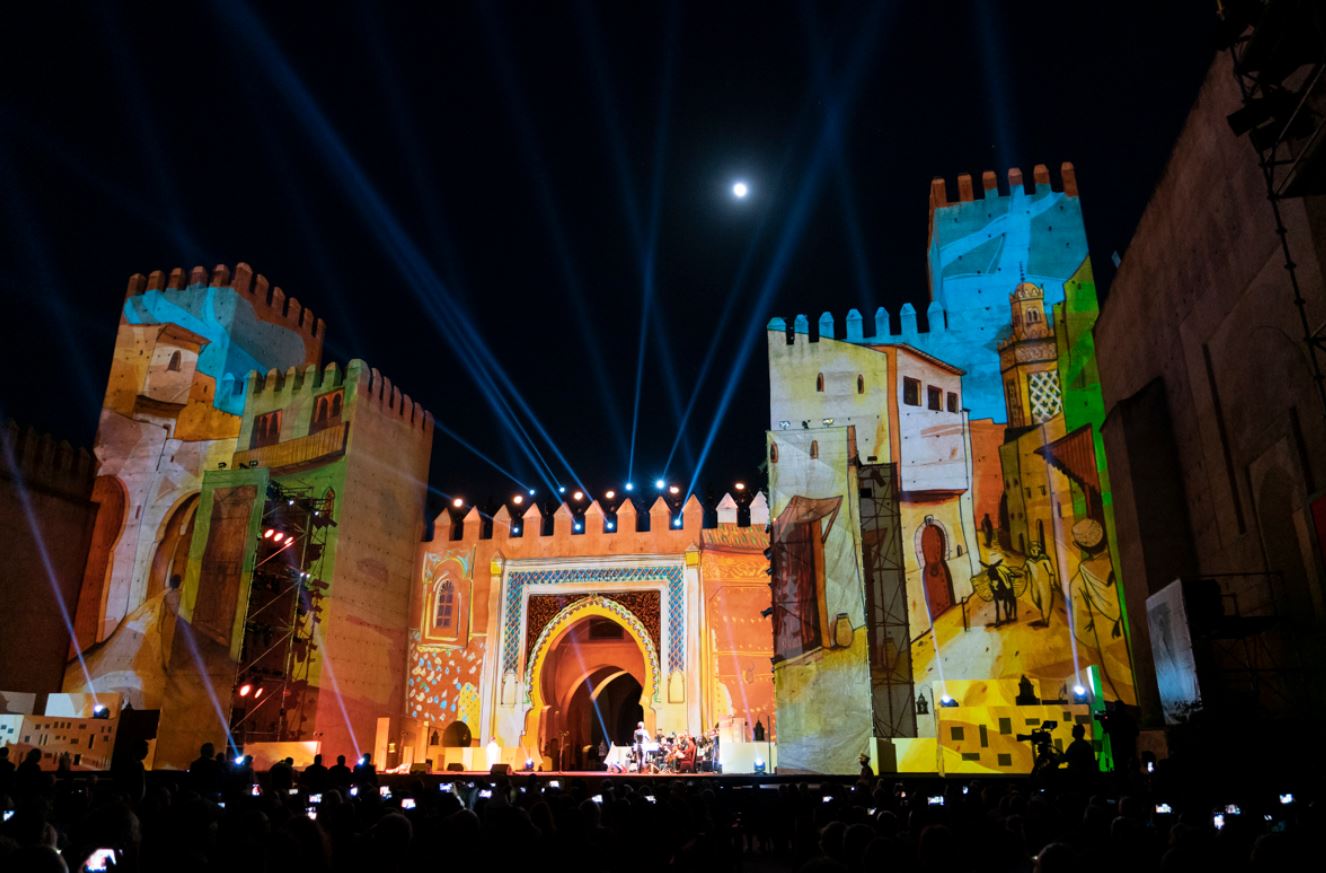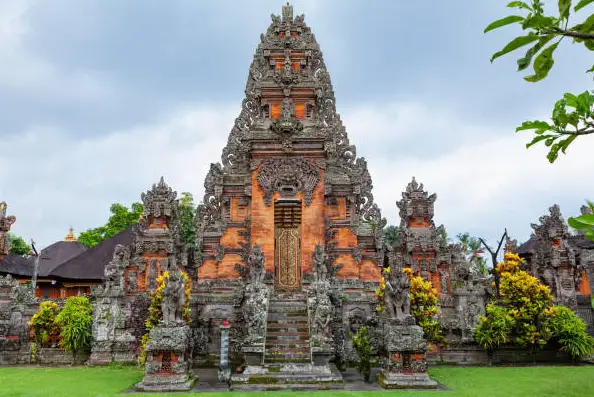Can I visit religious sites and institutions in India?
Post ByAdequate Travel
Summary
With centuries old places of worship, India is one of the most culturally diverse countries in the world. Many people visit India in order to experience the remarkable temples, mosques, churches, and other religious sites and institutions that dot the landscape. So, the answer to the question "Can I visit religious sites and institutions in India?" is a resounding YES! The place is known for its rich history and culture, welcomes tourists with open arms. However, be sure to review the travel advisory and travel warnings to ensure a safe and enjoyable experience.Visiting Religious Sites and Institutions in India
1. Spiritual Centers: India is known for its diverse religious traditions and has numerous spiritual centers dedicated to different faiths. You can visit places like:
a) Temples: India is home to countless ancient and modern temples representing various deities. Some notable examples include the Golden Temple in Amritsar, Tirupati Balaji Temple in Andhra Pradesh, and the Meenakshi Temple in Madurai.
b) Mosques: There are numerous beautiful mosques across India, including the Jama Masjid in Delhi, the Hazratbal Mosque in Srinagar, and the Makkah Masjid in Hyderabad.
c) Gurudwaras: Sikhism's holiest shrines, Gurudwaras, can be found all over India. The Harmandir Sahib (Golden Temple) in Amritsar and the Bangla Sahib Gurudwara in Delhi are prominent destinations.
d) Churches: Christianity has a rich history in India, and there are several notable churches you can visit, such as the Basilica of Bom Jesus in Goa and St. Francis Church in Kochi.
2. Pilgrimage Sites: India is renowned for its numerous pilgrimage sites that attract millions of devotees every year. Some major pilgrimage destinations include:
a) Varanasi: A sacred city for Hindus, situated on the banks of the Ganges River. It is believed to be one of the oldest inhabited cities in the world.
b) Rishikesh: Known as the "Yoga Capital of the World," Rishikesh is a significant Hindu pilgrimage site and a hub for yoga and meditation.
c) Ajmer Sharif Dargah: A renowned Sufi shrine in Ajmer dedicated to the Sufi saint Moinuddin Chishti.
d) Vaishno Devi Temple: Located in the scenic hills of Jammu and Kashmir, this temple is dedicated to the Hindu goddess Vaishno Devi.
3. Monasteries: India is home to various Buddhist monasteries where you can experience spiritual tranquility. Examples of prominent monasteries include:
a) Dharamshala: The residence of the Dalai Lama and a center for Tibetan Buddhism.
b) Bodh Gaya: The place where Buddha attained enlightenment, it houses the Mahabodhi Temple, a UNESCO World Heritage site.
c) Rumtek Monastery: Situated in Sikkim, it is one of the most significant monasteries of the Kagyu sect of Tibetan Buddhism.
By respecting the customs and traditions of these religious sites and institutions, you can have a fulfilling and enriching experience during your visit to India.Keep in mind that travel guidelines and travel rules may change anytime, so regularly check for updates to ensure a hassle-free and memorable travel experience.Suggested Questions
- Kuldhara Village, Rajasthan: Horror Story, History & Paranomial Activities
- The Mansion, Residency Road, Bengaluru, Karnataka: Horror Story, History & Paranomial Activities
- Mukesh Mills, Mumbai, Maharashtra: Horror Story, History & Paranomial Activities
- The Mansion, Residency Road, Bengaluru, Karnataka: Horror Story, History & Paranomial Activities
- Tunnel No. 33, Shimla, Himachal Pradesh: Horror Story, History & Paranomial Activities
- D'Souza Chawl, Mumbai, Maharashtra: Horror Story, History & Paranomial Activities








